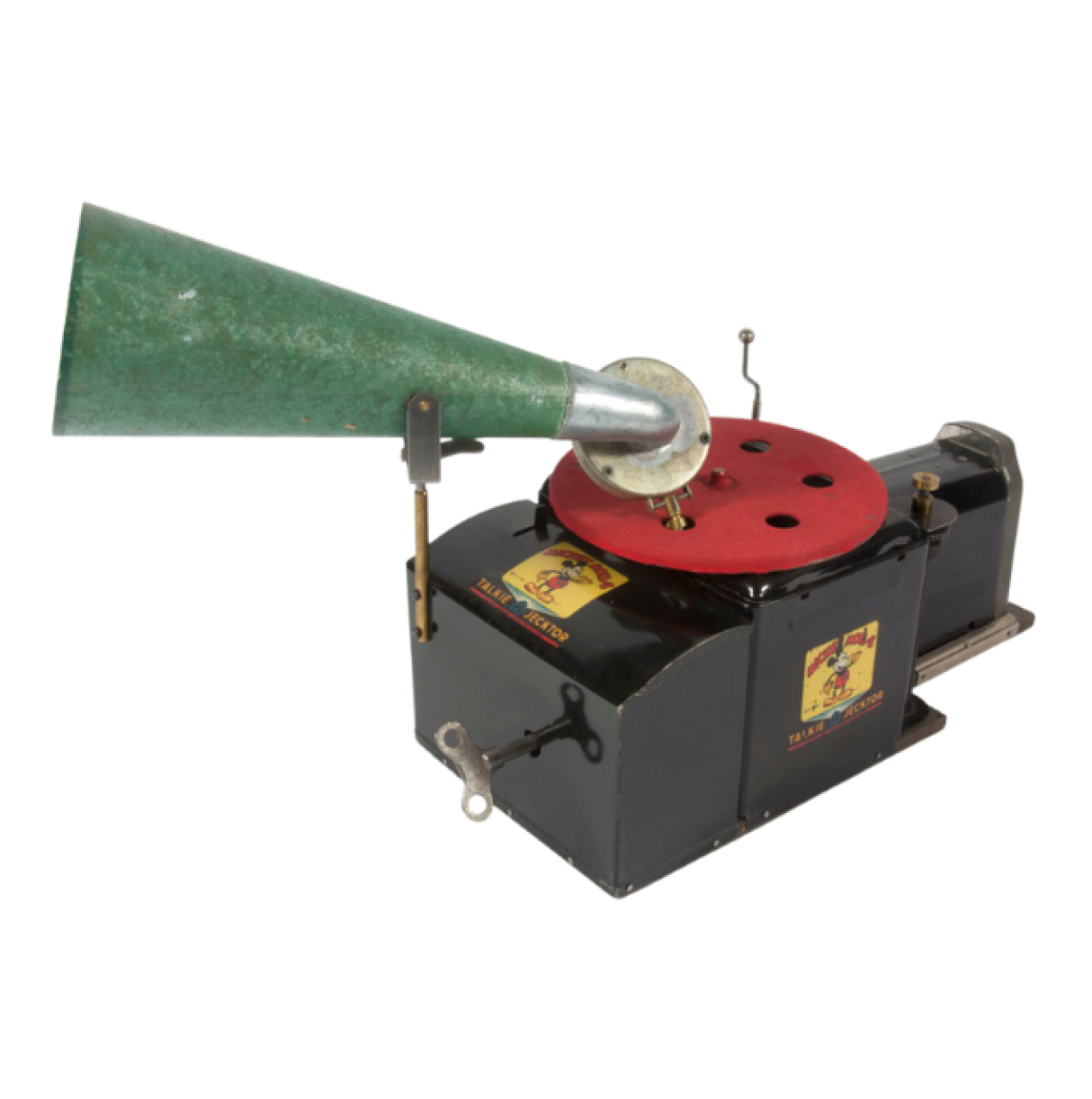Traditionally, toys came in recognisable forms but tended not to be tied to a specific character or franchise until the 20th century. For example, toy dolls have been present in culture for millennia but it wasn’t until the 1960s that the Barbie doll emerged as a doll franchise. This paradigm shift towards commercialisation and merchandising started during the 1930s, when the comic book and animated media industries began to gain worldwide popularity as a whole new form of entertainment for children and youth.
Of all the characters that would emerge during this era, one of the most popular ones is still dominating toy shelves today: Mickey Mouse! Following the commercial success of the cartoon character, many toy makers jumped on the bandwagon and fought for the license to produce Mickey Mouse toys. The commercialisation and merchandising of Mickey Mouse alone has transformed into a multi-million merchandise and turned him into a staple icon across a variety of toys and other products and media.
While some vintage Mickey Mouse toys look vastly different from the Mickey Mouse memorabilia you can see in stores today, they hold the same interest and joy for kids and collectors alike. Almost 100 years on from when these toys were first produced, Mickey Mouse (and the ensuing plethora of Disney characters and franchises to follow) have become some of the most famous, recognisable, and beloved characters in the world.
A Talkie Jector was a vintage toy that combined a phonograph (Talkie) and a miniature movie projector (Jector). Powered by a mechanical motor, this remarkable piece of metal memorabilia shows us the past of both Mickey Mouse as well as the history of film.
Paper strips called Movie-Jectors (or Movie-Jecktors) could be fed into the Talkie Jector while the crank on the side of the machine was turned. The drawings on the strips could be projected onto a flat surface, allowing kids to ‘watch’ the stop-motion-esque movie that emerged. Though this is a far cry from the video-on-demand services of today, it was almost revolutionary at a time when the cinema industry was still in its early years.
As this particular Jector came with an attached ‘Talkie’, accompanying records sold with the set could be placed onto the phonograph to play music simultaneously. This marked the beginning of films being able to be brought into the home - making this a testament to the draw and popularity of cinema even a century ago.



.jpg)